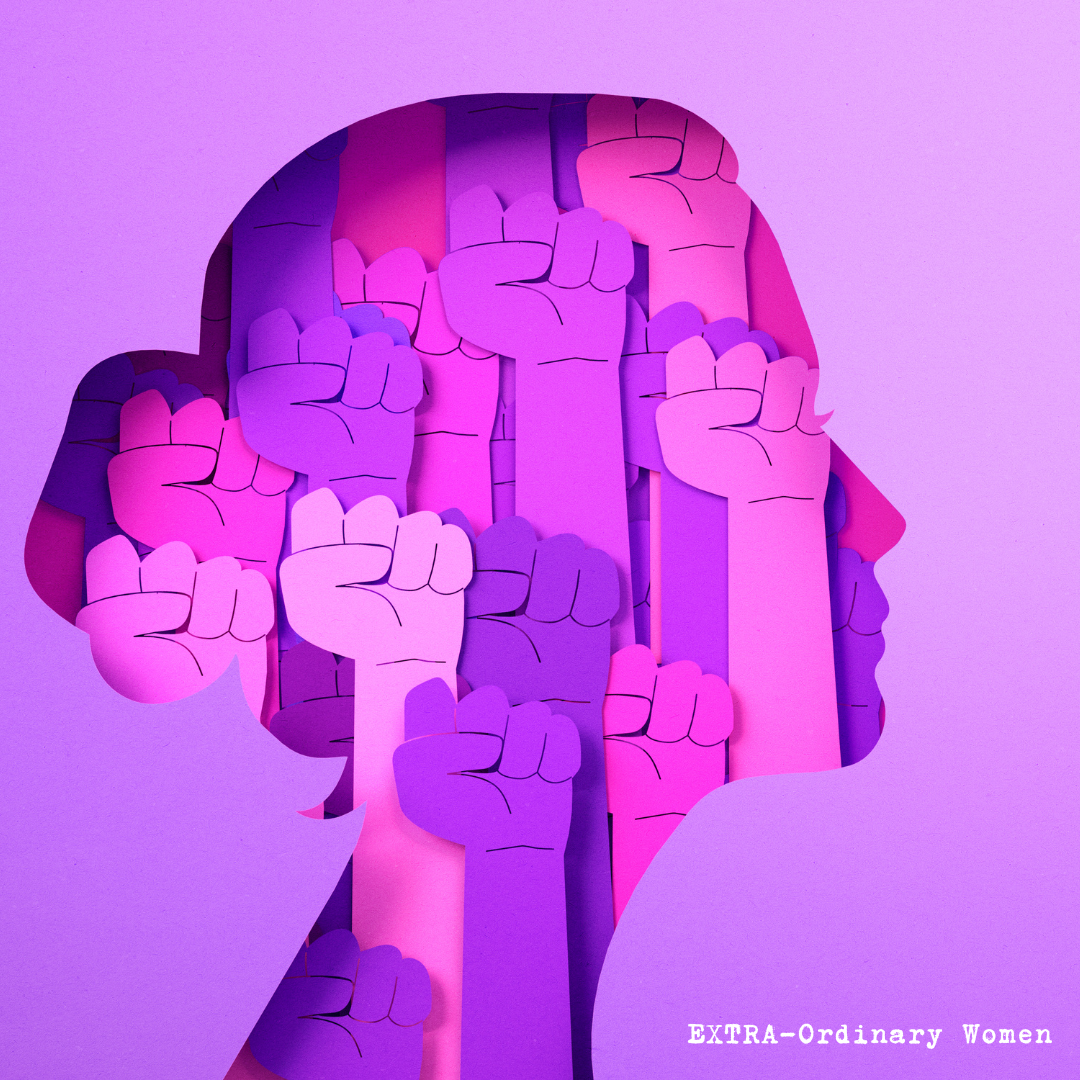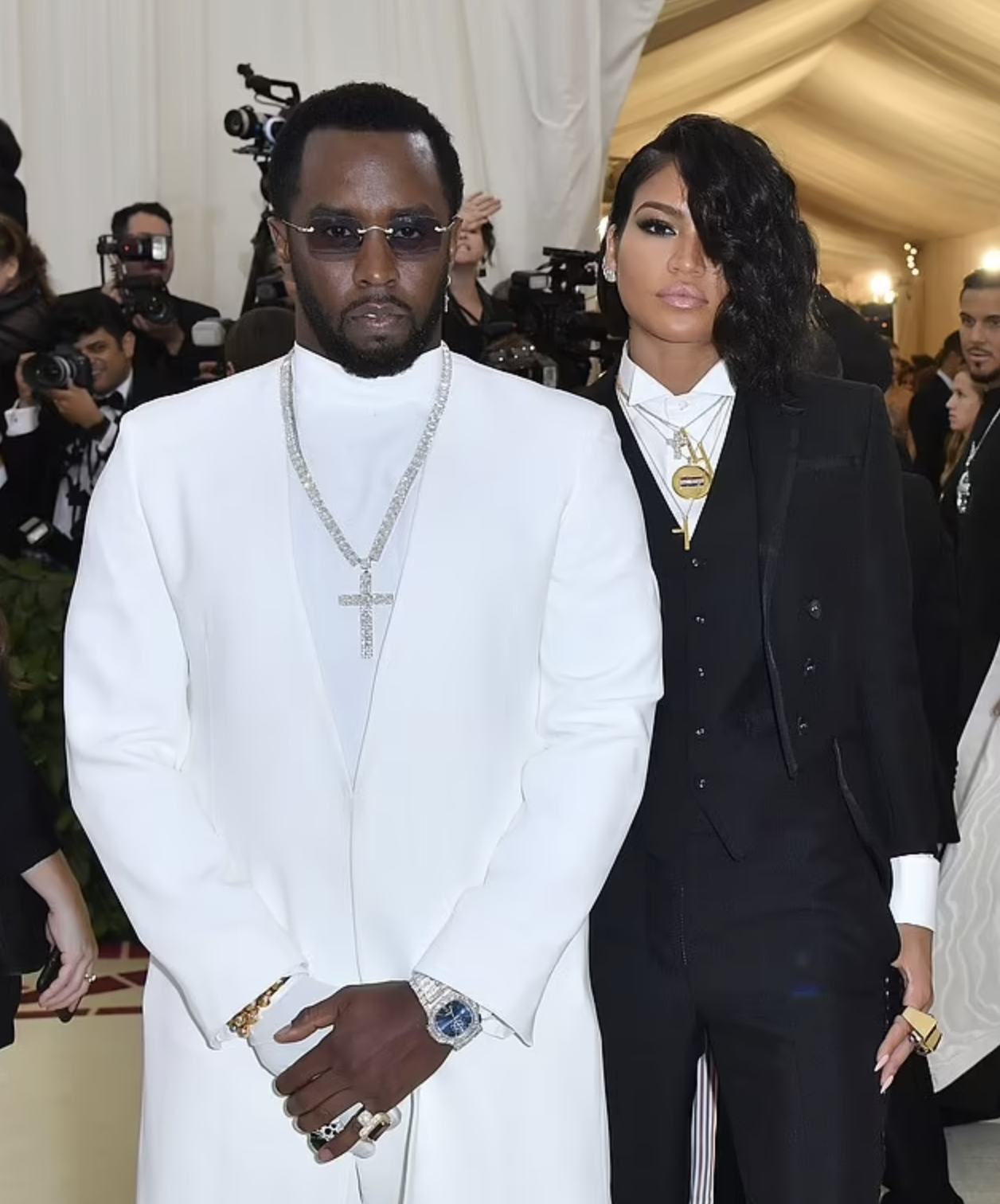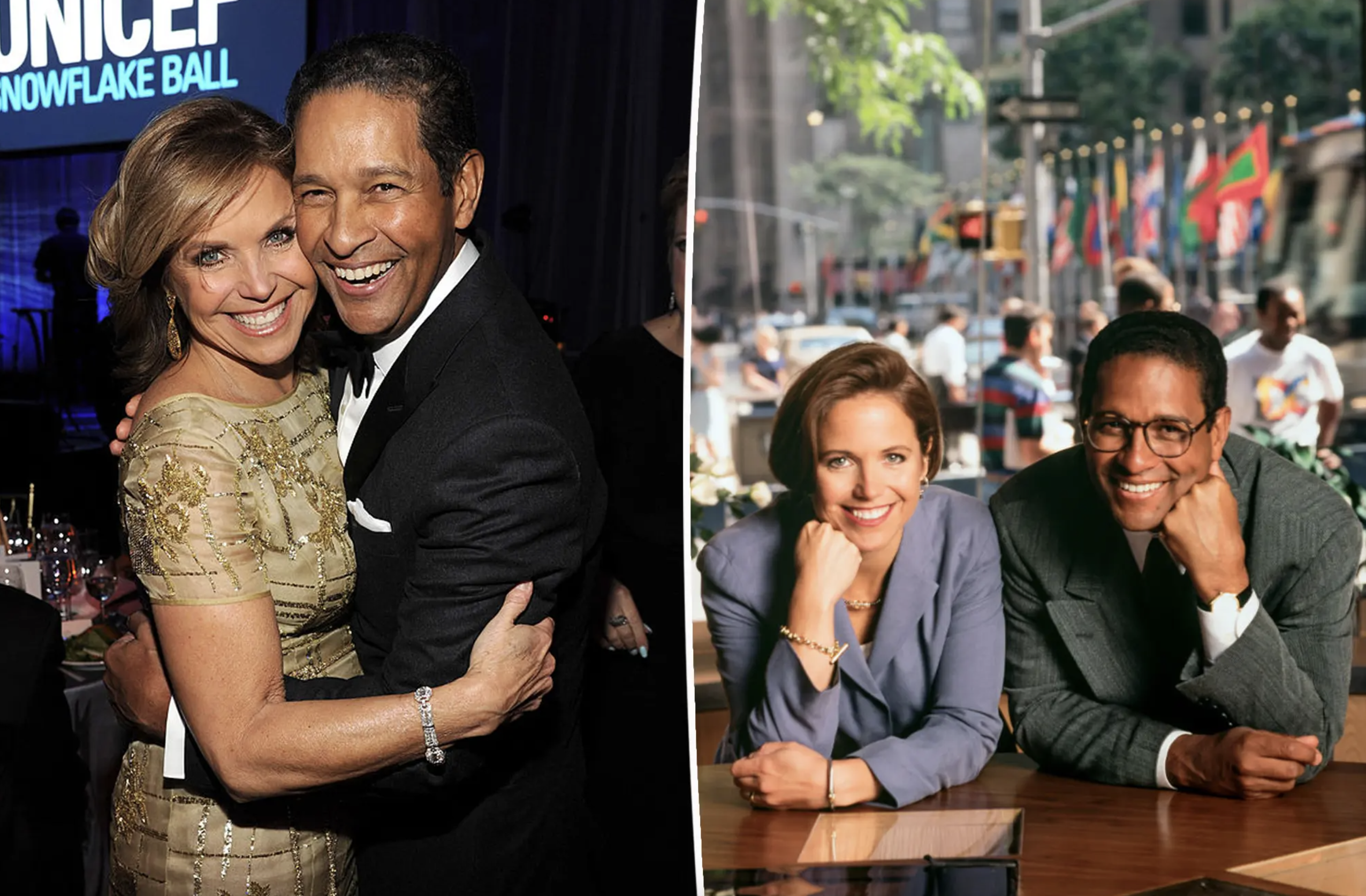The 11 major obstacles hindering the achievement of gender equality for women by the year 2030.

With just seven years remaining to uphold the commitments made to girls and women within the framework of the 2030 Agenda for Sustainable Development, a recent report from UN Women and the United Nations Department of Economic and Social Affairs underscores the most significant obstacles that still persist in the pursuit of worldwide gender equality.
The “Gender Snapshot 2023,” an annual report tracking progress on the Sustainable Development Goals, specifically in relation to gender equality among the 17 goals, identifies 11 prominent challenges.
- Insufficient Female Representation in Leadership Roles.
With a mere 27 percent of parliamentary seats, 36 percent of local government seats, and 28 percent of managerial positions occupied by women, there exists an underrepresentation of diverse viewpoints in the decision-making processes, impeding the development of comprehensive policies.
- Economic Hardship and Limited Opportunities.
It is projected that over 340 million women and girls will be living in extreme poverty by 2030, amounting to a staggering 8 percent of the global female population subsisting on less than USD 2.15 per day. Urgent measures, such as social safety nets, access to quality employment, and other support mechanisms, are essential to offer a way out of poverty.
- Workplace Bias and Disparities.
Participation in the labor force among prime working-age women stands at only 61 percent, in stark contrast to the 91 percent participation rate among prime working-age men. This disparity negatively impacts both economic advancement and societal development. In 2019, women earned just 51 cents for every dollar earned by men in labor income.
- Disproportionate Burden of Unpaid Care Responsibilities.
Based on current trends, the difference in time allocated to unpaid care responsibilities between women and men will narrow slightly. However, by 2050, women globally are still expected to spend 9.5 percent more time (equivalent to an additional 2.3 hours per day) on unpaid care work compared to men. This persistent gap restricts women’s access to education, employment, and other opportunities.
- Influence of Cultural Norms and Social Practices.
Harmful traditions like child marriage and female genital mutilation continue to persist. Globally, one in five young women is married before reaching the age of 18, underscoring the imperative need for shifts in attitudes and the promotion of legal frameworks that safeguard the rights of women and girls.
- Limited Access to Education and Healthcare.
It is estimated that approximately 110 million girls and young women may continue to be excluded from educational opportunities by the year 2030. The stagnation in reducing maternal mortality rates and expanding access to education necessitates focused interventions to achieve the goals set for 2030.
- Concerns Regarding Food Availability.
Close to 24 percent of women and girls are projected to confront varying degrees of food insecurity by 2030. Empowering women within the realms of food and agriculture, by improving their access to land and resources, plays a crucial role in ensuring food security and fostering economic development.
- Violence Targeting Women and Girls.
Annually, 245 million women and girls endure physical and/or sexual violence inflicted by an intimate partner. Older women also experience higher levels of poverty and violence compared to older men.
- Insufficient Financial Support for Gender Equality Initiatives.
A mere 4 percent of total bilateral aid is designated for endeavors related to gender equality and the empowerment of women. Meeting the additional financial requirements for attaining gender equality by 2030 is estimated to require an annual investment of USD 360 billion.
- Legal Impediments and Inadequate Enforcement of Laws.
In at least 28 countries, legal provisions granting women equal rights in marriage and divorce are absent, while 67 countries lack legislation prohibiting both direct and indirect forms of discrimination against women. Even where legal frameworks promoting gender equality are in place, effective implementation remains a formidable challenge.
- Limited Access to Clean Energy and Sanitation.
An estimated 341 million women and girls are anticipated to lack access to electricity by 2030. Achieving universal access to these essential resources holds the potential to significantly alleviate poverty and enhance women’s health.
With only seven years left to reach the 2030 objectives, concerted efforts and financial support are more critical than ever. Every step taken, no matter how incremental, brings us closer to a future where gender equality is not merely an aspiration but a tangible reality.



